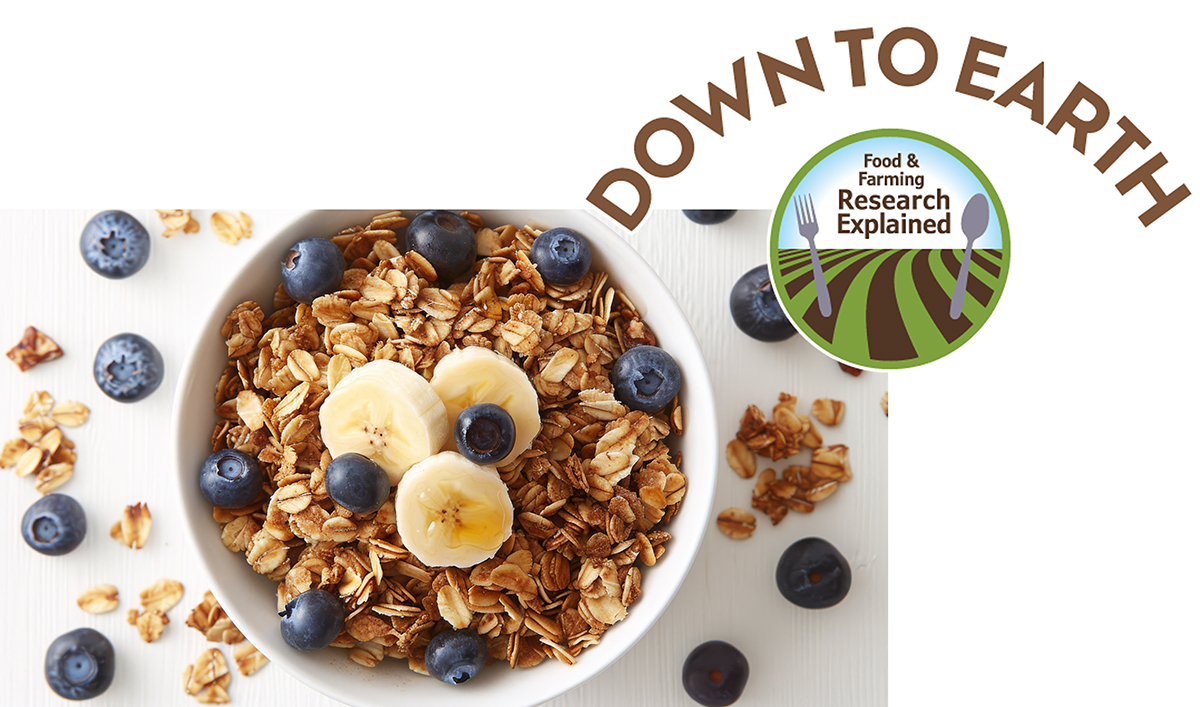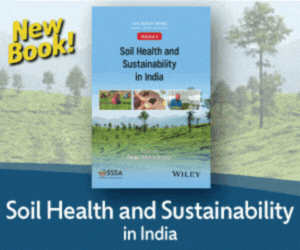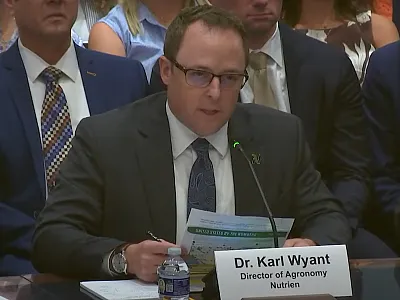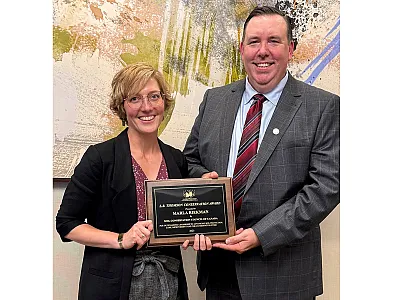Potassium supply can help improve cereal growth under drought

Potassium (K) is essential for crop productivity and growth under stress. A paper published in Agronomy Journal reviewed several studies on the role of potassium in helping cereal crops grow through drought. Most of the research focuses on bread wheat, maize, barley, rice, pearl millet, and sorghum. Potassium helps these crops balance water usage and gives them higher growth and weight. The beneficial effects were different based on the kind of crop, but overall, the studies showed a lot of promise for potassium.
Plants absorb potassium throughout their life cycle, making it essential for crop growth, especially during their reproduction. When potassium requirements aren’t met, the plants grow shorter and yields fall. Potassium helps move water, carbs, and nutrients through plants, which helps them grow and produce energy.
Cereal crops are essential for food supplies and animal feed all across the world. Stressors such as drought can slow the productivity of cereal crops. Paying attention to environmental and sustainability problems is the key to ensuring that any potential problems can be addressed. The studies reviewed in this paper attempt to give an overview of the best ways to keep potassium in cereal crops and the biggest challenges surrounding it by comparing various pieces of literature. The main one discussed is referred to as K administration.
K administration is mostly done on bread wheat and corn, but reports on its benefits also exist for barley, rice, sorghum, and pearl millet. This particular article gathered studies from all across the world in places such as Pakistan, Egypt, Iran, Germany, Thailand, and India. Potassium keeps bread wheat healthy by protecting it from drought and climate change. It also helps corn plants hold more water and photosynthesize faster. Rice had higher water content and yield, pearl millet got more amino acids, and sorghum grew faster and higher thanks to potassium.
Drought is dangerous for most kinds of crops, and cereal crops are no exception. Yield losses to drought have been increasing by 3% every year in Europe, for example, but with more potassium in the soil, crops have a better chance of surviving droughts like these. This is because potassium helps plants convert CO2 into organic molecules they use to grow—a process called carbon fixation. It also helps to balance a plant’s internal water supply.
Potassium is proven to help crops grow and thrive, but more information will be needed on the best ways to apply it and use it in drought conditions. When cereal crops don’t get enough water, their roots lose nutrients and they stop growing. Potassium solves this issue by helping water flow through the roots. Good fertilizers can help increase the amount of potassium in the soil, but it has to be placed carefully following environmental regulations. With the right tools and research, though, there’s still an enormous amount of promise for cereal crops and their economic growth in the future.
Dig deeper
Damalas, C.A., & Koutroubas, S.D. (2024). Potassium supply for improvement of cereals growth under drought: A review. Agronomy Journal, 116, 3368-3382. https://doi.org/10.1002/agj2.21703
Text © . The authors. CC BY-NC-ND 4.0. Except where otherwise noted, images are subject to copyright. Any reuse without express permission from the copyright owner is prohibited.













